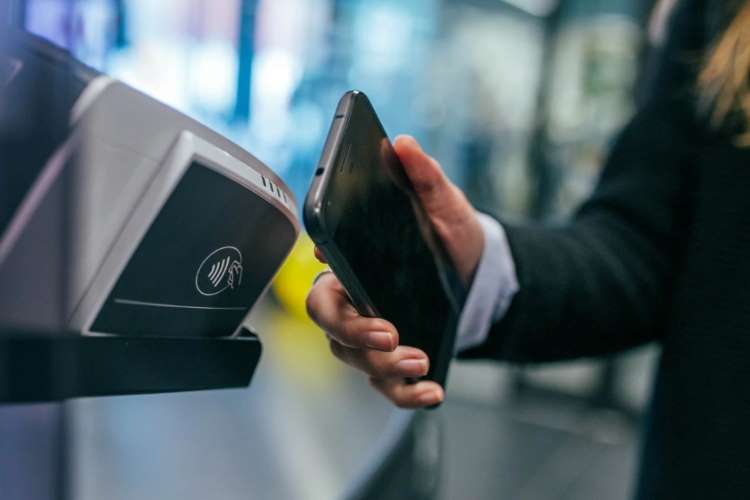
UPI vs SWIFT: As the United States and its European allies imposed sanctions on Russia when the latter invaded Ukraine, the global payments enabler SWIFT ousted Russia from its network. This had a significant impact on the Russian economy and global trade. Countries such as India were forced to find quick alternatives to SWIFT, leading to a mechanism for international trade settlements in rupees. The Reserve Bank of India’s move was seen as an attempt to break the dollar-euro duopoly in global payments.
SWIFT, or Society for Worldwide Interbank Financial Telecommunication, is a global payments system that facilitates smooth transfer of money across national borders. The system based in Belgium connects 11,000 banks and institutions across 200 countries. Swift is not a banking network, but just an instant messaging system for informing users when money is credited or debited. It handles the transfer of trillions of dollars every day.
Finance minister Nirmala Sitharaman on Tuesday said that several countries including Singapore, Bhutan and France have shown interest in adopting India’s payment channels Unified Payments Interface (UPI) and RuPay. The UPI interface allows instant transfer of funds between bank accounts using mobile phones. More than 330 banks can be accessed on the UPI platform through 25 apps. The UPI platform conducts transactions worth several lakh crores of rupees every month. However, the scale is insignificant when compared with the SWIFT.
READ | Can rupee on steroids challenge dollar-euro duopoly
The NPCI that operates the UPI system is a not-for-profit organisation that enjoys a near monopoly over retail payments in India. It also runs a bill payments system, toll payment systems, a clearing house, an ATM network, and the real-time payments system IMPS. The NPCI is owned by the members of the Indian Banks Association and has the backing of the Reserve Bank of India and the Union government. The NPCI also runs a company called NPCI International Payments Ltd for promoting the UPI architecture abroad.
NPCI is also making cross-border payments easier using UPI or RuPay cards for remittances, something which can soon break the vice-like grip enjoyed by SWIFT in global payments.
Can UPI break SWIFT monopoly
The need for an alternative payment system stems from the fact that sanctions are used by the western countries as a tool to hurt an economy and also as a way to perpetuate their dominance over the global economy. In order to beat such restrictions in the future and break the monopoly of SWIFT, the world needs to find alternatives.
Indian proposal is not a novel idea. In fact, Russia had a mechanism in place for bilateral rouble payments. The System for Transfer of Financial Messages (SPFS) was developed by Russia’s central bank as an alternative to SWIFT. The system reportedly helped Moscow overcome the challenge of Visa and Mastercard exiting the country following the Western sanctions. However, in the months that followed the Russian invasion of Ukraine, India’s UPI has emerged as a top alternative to SWIFT.
UPI is a homegrown alternative to SWIFT, operated through 25 apps including Google Pay and WhatsApp Pay. In the first quarter of 2022, UPI clocked over 14.55 billion transactions in volume and Rs 26.19 trillion in terms of value, according to the India Digital Payments Report by Worldline.
NPCI is now in the process of connecting the UPI platform to systems in other countries to recreate its domestic success. The goal is to reduce transaction costs and enable more small-ticket transactions. For the same, NPCI is negotiating collaborations with governments, fintech firms, and service providers around the globe.
Challenges ahead
However, interoperability is one obstacle to overcome for any country which looks to develop its own payment platform. For UPI, the government will also need to fix architectural differences with other countries.
READ | Accounting and auditing: AI triggers once-in-a-century transition
The sheer scale of SWIFT may seem daunting to NPCI. The toughest barrier to UPI adoption is fraud or errors in real-time payments. Real-time payments are more vulnerable to social engineering frauds and there have been many cases when people have been cheated via digital transactions. Awareness is one area that the government will have to work on.
India can use NIPL for tech diplomacy and can help set up payments networks across the world. SWIFT’s decision to oust Russian banks amid the Ukraine war has created misgivings amid world nations about the US dominance over global payments. Germany has proposed a parallel international payments channel for the EU.
The NPCI’s brainchild flourished after Prime Minister Narendra Modi’s demonetisation move when the government also pushed for a cashless economy and promoted digital payments. However, it remains to be seen how such a scenario can be replicated in international markets.

